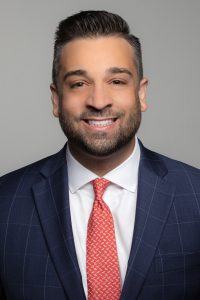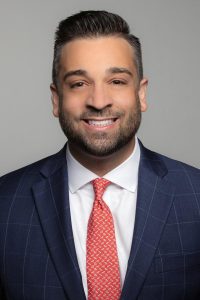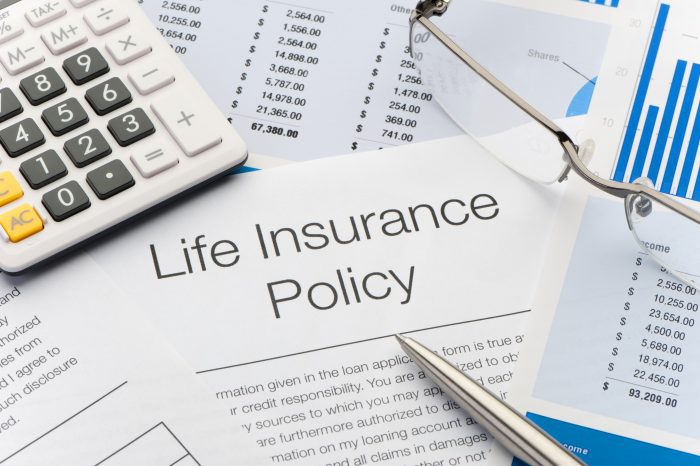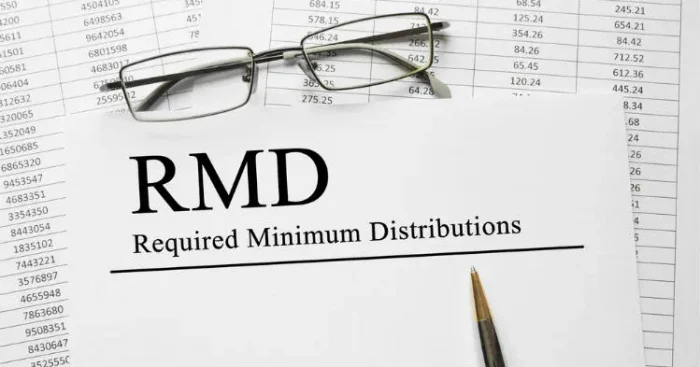By Michael Christodoulou

The movement of the financial markets can seem mysterious — and yet, if we look back over long periods, we can see definite patterns that consistently repeat themselves. As an investor, how should you respond to these market cycles?
When stock prices begin falling dramatically, it can appear that your only option is to sell to limit losses. But we disagree — if you’re a long-term investor, the difference between success and failure may be determined by your actions during a stock market decline.
To begin with, it’s useful to know something about the nature of a market cycle and its connection to the business or economic cycle, which describes the fluctuations of the economy between periods of growth and contraction. Issues such as employment, consumer spending, interest rates and inflation can determine the stage of the business cycle. On the other hand, the market cycle refers to what’s happening in the financial markets — that is, the performance of all the different types of investments.
The market cycle often anticipates the business cycle. In other words, the stock market may peak, or hit bottom, before the business cycle does the same. That’s partially because the financial markets are always looking ahead. If they foresee an event that could boost the business cycle and help the economy, such as the Federal Reserve lowering interest rates, they may become more “bullish” on stocks, thus driving the market up.
Conversely, if the markets think the business cycle will slow down and the economy will contract, they may project a decline in corporate earnings and become more “bearish” on stocks, leading to a market drop.
Once you’re familiar with the nature of market cycles, you won’t be surprised when they occur. But does that mean you should base your investment strategy on these cycles?
Some people do. If they believe the market cycle is moving through a downward phase, they may try to cut their perceived losses by selling stocks — even those with strong fundamentals and good prospects — and buying lower-risk investments. While these “safer” investments may offer more price stability and a greater degree of preservation of principal, they also won’t provide much in the way of growth potential. And you’ll need this growth capacity to help reach your long-term goals, including a comfortable retirement.
On the other hand, when investors think the market cycle is moving upward, they may keep investing in stocks that have become overpriced. In extreme cases, unwarranted investor enthusiasm can lead to events such as the dotcom bubble, which led to a sharp market decline from 2000 through 2002.
Rather than trying to “time” the market, you may well be better off by looking past its cycles and following a long-term, “all-weather” strategy that’s appropriate for your goals, risk tolerance, time horizon and need for liquidity. And it’s also a good idea to build a diversified portfolio containing U.S. and foreign stocks, mutual funds, corporate bonds, U.S. Treasury securities and other investments. While diversification can’t protect against all losses, it can help protect you from market volatility that might primarily affect just one asset class.
Market cycles often draw a lot of attention, and they are relevant to investors in the sense that they can explain what’s happening in the markets. Yet, when it comes to investing, it’s best not to think of cycles but rather of a long journey – one that, when traveled carefully, can lead to the destinations you seek. Market declines can test the nerves of even the most patient investors. If you own a diversified mix of quality investments, resist the temptation to sell or make changes based on short-term events.
The next time the market has a hiccup, take a deep breath and remember:
• Market declines are normal, frequent and not a reason to sell quality investments.
• Market declines begin and end without warning.
• Market declines provide an opportunity to buy quality investments at lower prices.
• Market declines return investments to their rightful owners: those who understand why they own what they own.
Michael Christodoulou, ChFC®, AAMS®, CRPC®, CRPS® is a Financial Advisor for Edward Jones in Stony Brook, Member SIPC. This article was written by Edward Jones for use by your local Edward Jones Financial Advisor.















